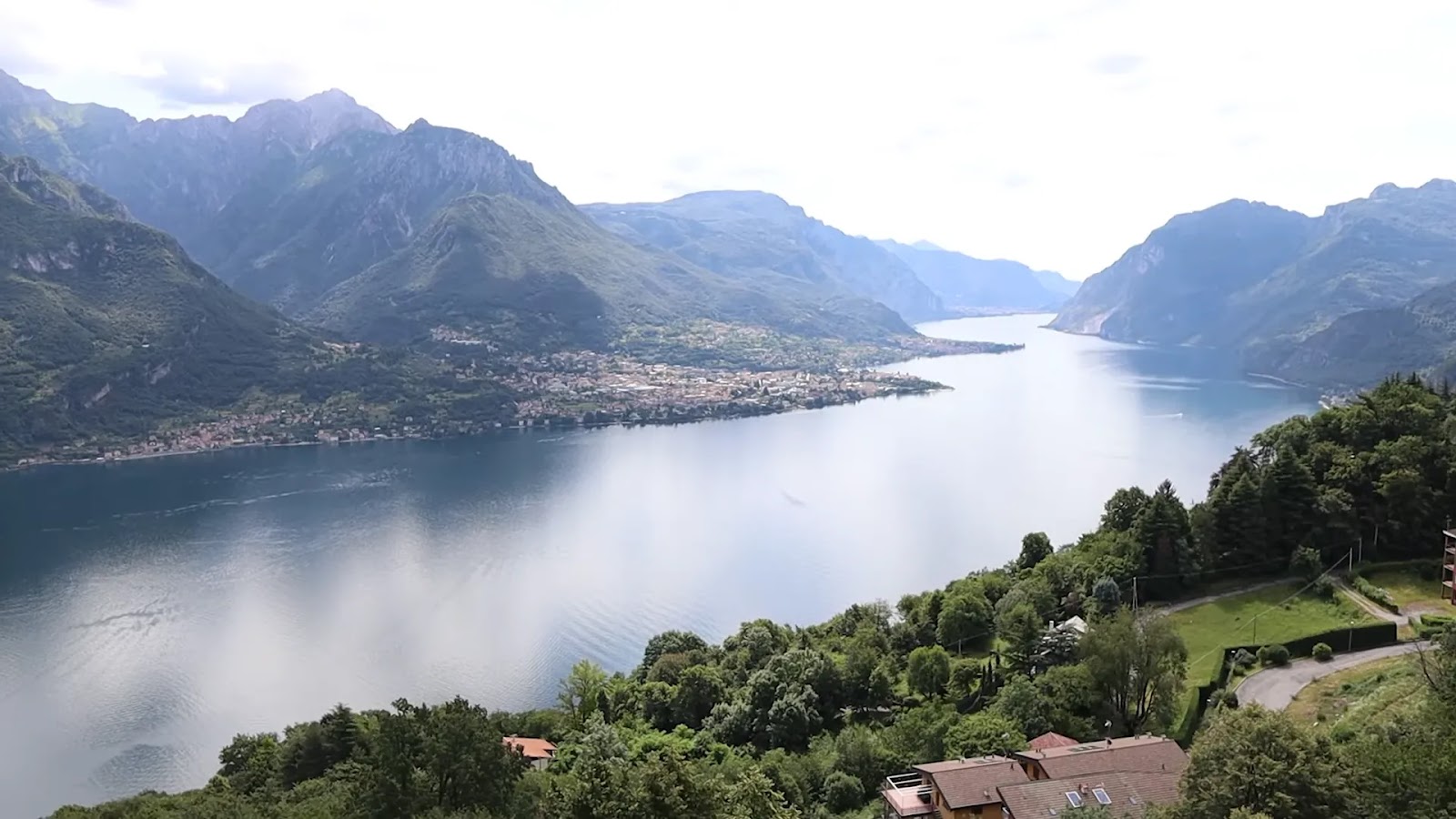The Ultimate Guide to Navigating Italy's Train System Like a Pro

Introduction: All Aboard for Italian Rail Adventures
Traveling Italy by train is a dream for many, offering scenic views and convenient connections between cities. However, navigating the Italian rail system can be confusing for first-timers. This guide simplifies the process, providing step-by-step instructions and insider tips to ensure a stress-free and memorable train journey.
Understanding the Italian Rail Landscape
Rail Operators vs. Ticket Sellers
Distinguishing between operators and sellers is crucial. The two main operators are Trenitalia (regional, inter-city, and high-speed Frecce trains) and NTV (Italo high-speed trains). Third-party websites like Omio, Trainline, and ItaliaRail sell tickets for both but are not operators themselves.
While Trenitalia and Italo are the primary operators for tourists, be aware of smaller companies like Trenord and Ferrovia del Sud Est, operating under Trenitalia but with separate services and websites.
Types of Italian Trains
Italian trains fall into three categories: high-speed (Frecciarossa, Italo), regional, and local (commuter/metro). High-speed trains connect major cities quickly, with assigned seats and dynamic pricing. Regional trains service smaller areas, have more stops, fixed prices, and no reserved seats. Local trains operate within cities, usually with separate ticketing systems.
Crucially, regional train tickets require validation before boarding, either at a machine or online. Failure to do so can result in fines.
The CartaFRECCIA Loyalty Program
Trenitalia's CartaFRECCIA program offers discounts, especially for frequent travelers. While designed for residents, tourists can apply to access age-based discounts and the Carnet program (discounted bundles of trips). Apply by filling out the online form and emailing it to the provided address.
Decoding Fare Types and Ticket Classes
Regional trains usually offer a single "Ordinaria" fare and second-class seating. High-speed trains have various fare types (affecting flexibility and refunds) and classes (affecting onboard amenities). Trenitalia's chart displays these options, with "Base" being the most flexible (and expensive) fare type.
Consider booking business or premium classes on longer journeys for enhanced comfort and often a minimal price difference. Italo has a similar system, although with fewer options.
Planning Your Italian Train Trip: Step-by-Step
Is Train Travel Right for You?
Train travel in Italy is ideal for light packers traveling between major cities, prioritizing comfort and scenery. Consider alternatives like buses, ride-shares, or budget airlines for longer distances or more flexibility. Omio offers a convenient platform to compare various transport options.
Buying Your Train Tickets
Purchase tickets in advance at machines, ticket offices, or online (operator websites or third-party resellers). Mobile tickets offer convenience, particularly for online validation. Booking directly with the operator avoids service fees but third-party platforms allow for cross-company comparisons.
When booking online, enter destination names in Italian and specify the station. Utilize filters to refine your search by train type, class, and time. Pay attention to the 24-hour clock format.
Tickets vs. Passes
Individual tickets are generally cheaper for a few journeys. For extensive travel, consider passes like Trenitalia's Italia in Tour or Trenitalia Pass, Italo's travel packs, or Eurail/Interrail (especially for multi-country European trips). Note that Eurail often requires reservations on high-speed trains in Italy.
Day of Travel: Preparation and Arrival
Purchase snacks and use restrooms before arriving at the station as facilities can be limited and require payment. Arrive 20-30 minutes early, especially at larger stations. Look for "Treni" signs to find trains and "Biglietti" for ticket offices or machines.
Finding Your Platform and Carriage
Locate the departures board ("Partenze") to find your platform ("Binario"). Match your train number and departure time, not just the destination. Seek assistance from station staff if needed. Be aware of pickpockets, especially when distracted.
Access platforms via underground passageways ("sottopassaggio"). Validate regional tickets before boarding. Once on the platform, verify the train number and locate your carriage using the signage on the train. Use the buttons on the doors to open them if needed.
Onboard Amenities and Disembarking
Most trains offer charging ports, and some long-distance trains have bistros, restaurants, or vending machines. Bathrooms are marked with "WC." Keep your ticket and ID handy for ticket controllers. Utilize the check-in feature on the Trenitalia app if available.
Prepare for disembarking 10 minutes before arrival. Watch for announcements and use GPS to track your location. Remember the specific station name. Upon arrival, use door buttons if necessary and watch your step. Follow signs or the crowd to exit the platform.
Conclusion: Mastering Italian Train Travel
With this guide, you're well-equipped to navigate the Italian rail system. From understanding ticket types and operators to navigating stations and finding your seat, these tips will ensure a smooth and enjoyable journey. Remember to check for special offers and plan ahead for a truly memorable Italian train adventure.




